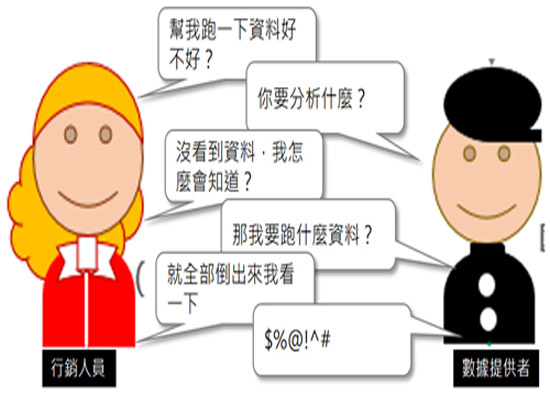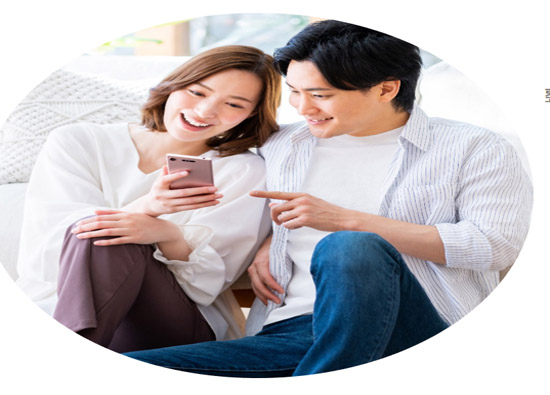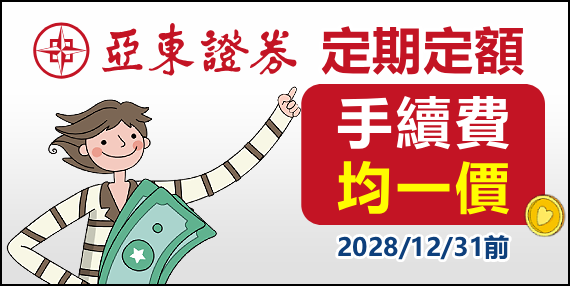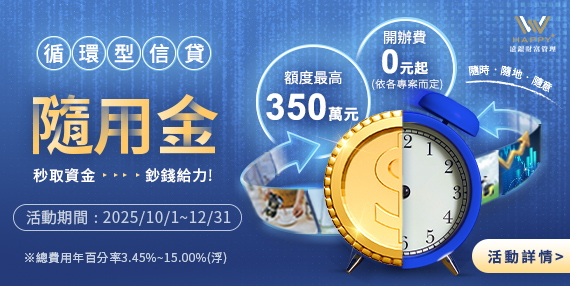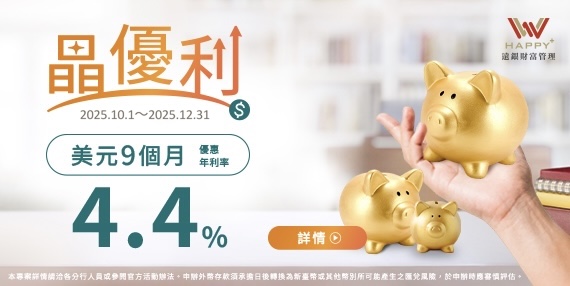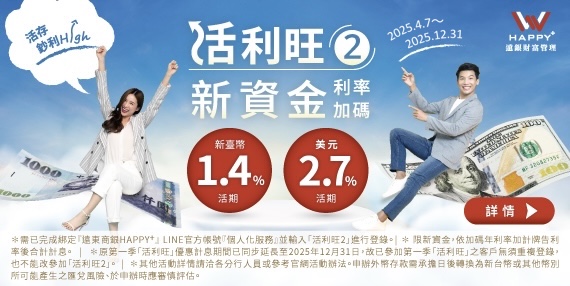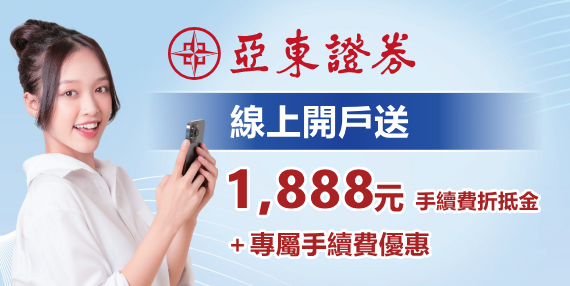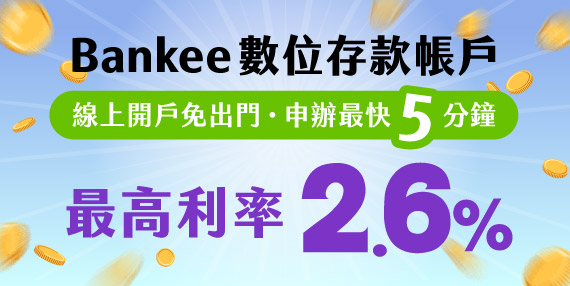12.2022 Office Talk
Dialogue between circular design and behavior design
Far Eastern Group Innovation Office / DRIVE

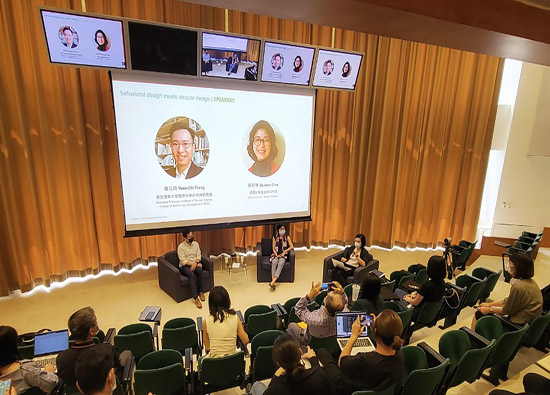
 In the face of dramatic changes in the environment and society, creating a sustainable business model is not only the responsibility of enterprises for consumers and investors, but also our responsibility for the next generation. To this end, we must first think about what is a sustainable business model?
In the face of dramatic changes in the environment and society, creating a sustainable business model is not only the responsibility of enterprises for consumers and investors, but also our responsibility for the next generation. To this end, we must first think about what is a sustainable business model?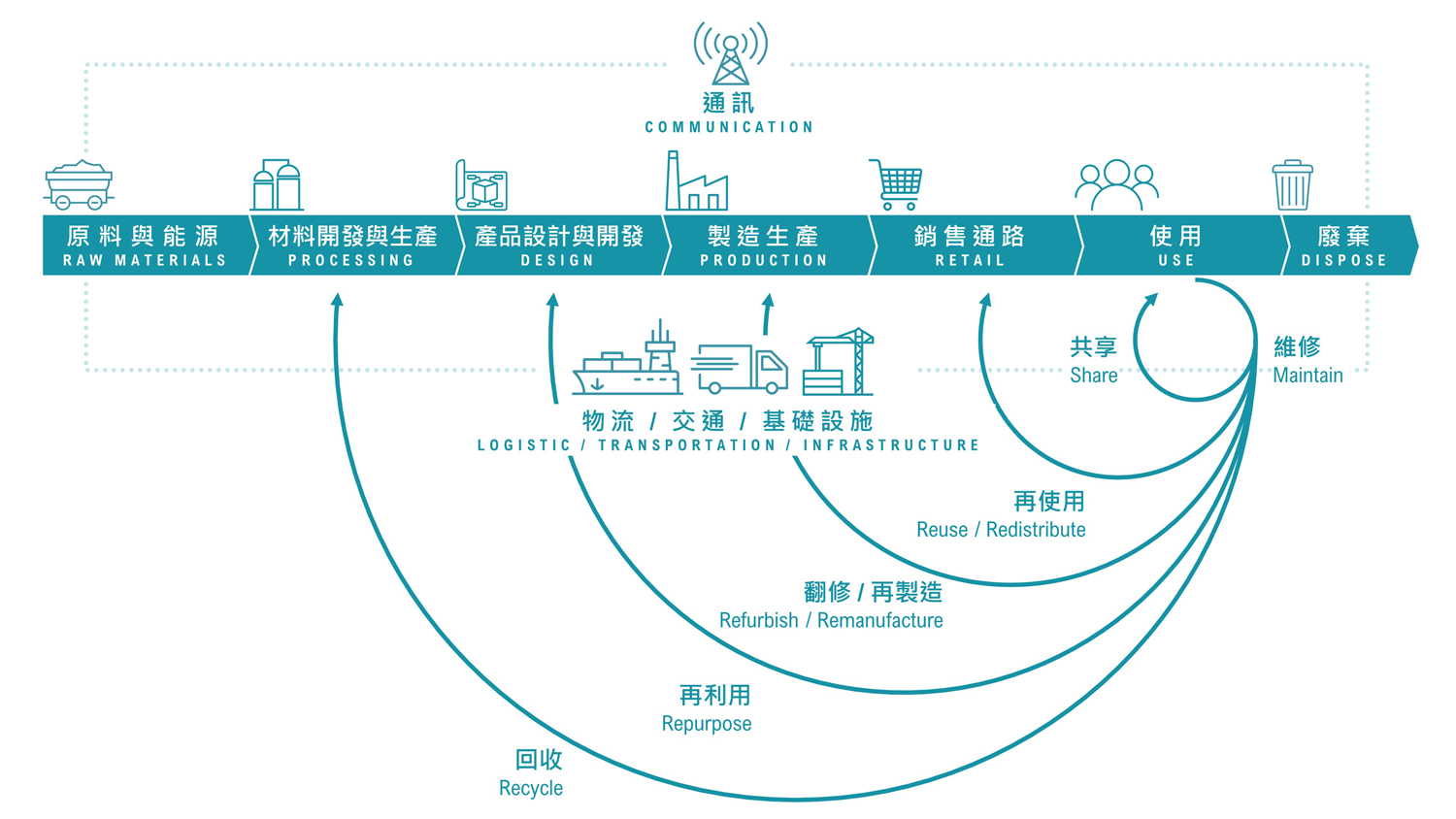 Taking retail malls as an example, the planning of a green mall must include every link in the building life cycle of the mall, including material selection, logistics and transportation, construction, operation management, and demolition and recycling. However, if users of shopping malls (such as employees and consumers) waste water and electricity, create garbage at will, and fail to implement recycling, green shopping malls will also cause harm to the environment.
Taking retail malls as an example, the planning of a green mall must include every link in the building life cycle of the mall, including material selection, logistics and transportation, construction, operation management, and demolition and recycling. However, if users of shopping malls (such as employees and consumers) waste water and electricity, create garbage at will, and fail to implement recycling, green shopping malls will also cause harm to the environment.Therefore, to create a sustainable business model, we must combine two design principles: circular design and behavior design.
Our familiar economic model is based on the waste of resources. In the process of raw materials, design, production, transportation, sales, use, and finally discard, there are many links that affect the environment and poor resource efficiency. Through innovation in each link of the value chain, the value of the product at each stage of the life cycle can be maximized and recycled. This is the concept of circular design.
However, changes in the value chain can only be implemented with changes in life behavior. For example, the promotion of car sharing services requires users to change their attitudes towards cars from ownership to use. Consumers do not need to buy a car, as long as they can get a suitable car when they need it.
The concept of behavior design is to use design to guide users to take appropriate actions in accordance with their living environment and psychology.
In the lecture "Dialogue between Cyclic Design and Behavior Design" held on September 30, DRIVE invited Professor Zeng Yuanqi of the Service Science R&D Center of Tsinghua University to discuss with Chen Huilin, CEO of the Cyclic Taiwan Foundation, how to combine circular design and behavior design to create a sustainable business model.
What is circular design?
The concept of circular design is that the life of a product will end one day, but the resources for manufacturing products should not end with it, but should be used continuously to keep the resources "traveling".
Chen Huilin, CEO, stressed that design must run through every stage of the product life cycle, thinking about how to use the least resources, how to send it to consumers, how consumers use it, how to discard it, who will recycle it, who will disassemble it, how to disassemble it, how to recycle product resources, etc. Design thinking should expand from products to services, even the entire value chain.
CEO Chen Huilin also introduced the three basic principles of cycle design: use less, use longer, and reuse.
What is behavior design?
Behavior design is to find an appropriate balance between behavior motivation and execution ability, and guide the generation of appropriate behavior patterns in the right time, right place, plus appropriate incentives.
Professor Zeng Yuanqi pointed out that behavioral motivation exists in the fundamental needs and intrinsic values of human beings. Good behavior design is to awaken users' intrinsic value, guide them to recall and reflect, and generate behavior motivation.
Why does the sustainable business model need to combine cycle design with behavior design?
Take Nespresso capsule coffee as an example. Although the official claims that the aluminum shell and coffee powder of the coffee capsule can be recycled, if consumers do not actively recycle the capsule, this innovative product will cause more environmental pollution.
Therefore, creating a sustainable business model needs to combine the concepts of cycle design and behavior design. On the one hand, use cycle design to establish a system throughout the product life cycle, so that resources can be continuously recycled; On the other hand, behavior design is applied to guide all participants in this circular system, including employees, manufacturers and consumers, to jointly practice the operation of this system.
What should we pay attention to in promoting circular behavior?
Professor Zeng Yuanqi reminded us that when using circular design and behavior design, we must carefully analyze the interaction between environment, behavior, motivation and reward mechanism. Taking recycling as an example, providing monetary rewards may encourage recycling, but it may also reduce the value of recycling to the amount of feedback, thus excluding the environmental value of recycling. Once the monetary reward disappears, the recycling behavior may also stop.
Enterprise value, consumer value, and environmental value
Chen Huilin, CEO, pointed out that enterprises must think about their role in the industrial value chain from the connection of consumer demand, social demand and environmental demand. For example, the retail channel gathers various brands and commodities. It is a place for consumers to contact, select and purchase commodities, as well as a place for brands and consumers to communicate ideas, create experiences and promote services. It gives the retail channel the ability to become an advocate of sustainable value. Carrefour Taiwan's promotion of "non cage eggs" is to use its own strength to encourage chicken farmers to change the way they raise chickens, treat economic animals well, prevent diseases common to humans and animals, and provide consumers with safe and sustainable food.
How does the enterprise start?
So, how should enterprises start to use circular design and behavior design to promote sustainable business models? Professor Zeng Yuanqi and CEO Chen Huilin put forward three suggestions:
1. Establish a dialogue space: let enterprises and different stakeholders in the industrial value chain have a dialogue, discuss each other's needs, gather common values, and stimulate innovation.
2. Start with 10%: It is not necessary to change all people at once, but start with 10%. There is no need to change the entire business model at once, starting from 10% of goods or services. When 10% of people and businesses change, the snowball effect will slowly occur.
3. Immediate effect display: When every small change occurs, give positive feedback immediately, so that participants and observers can see the effect of the change. When the value of the behavior is immediately seen, it will strengthen the continuous will of the participants, also help to motivate the waiters to take action, and gradually expand the results of the sustainable transformation.
Care for the future
In the lecture, CEO Chen Huilin shared a sentence of North American aborigines: "The earth is not inherited from our ancestors, but borrowed from our children.". It is our responsibility to the next generation to create the business model of value cycle. CEO Chen Huilin and Professor Zeng Yuanqi jointly urged us to start from a small point, start from ourselves, and make changes from now on.
#


